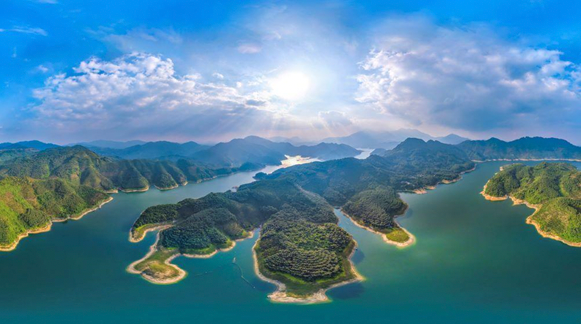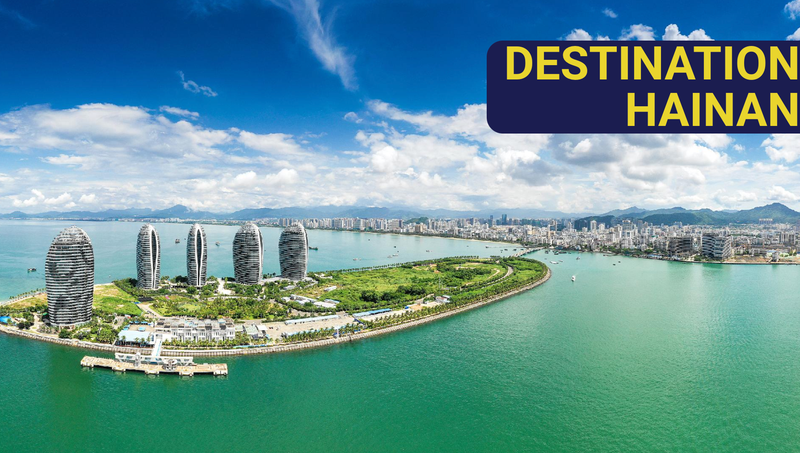
1. A Tropical Island with a Rich Past and a Bright Future
The tropical island of Hainan is found at the southernmost tip of China. Roughly the size
of Belgium, its lush forests, vibrant biodiversity, and monsoon rains form a unique part
of China’s natural heritage.
Totalling one-third of China’s rainforests,
Hainan is a hotspot for fauna and flora with thousands of species of plants and animals
living there, including rare endemic species of monkeys, deer, and the Asian bear. The
natural wealth of this unique ecosystem is preserved in one of China’s first and largest
national parks.
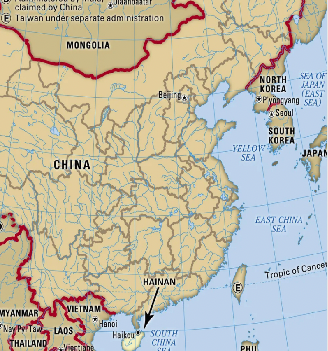
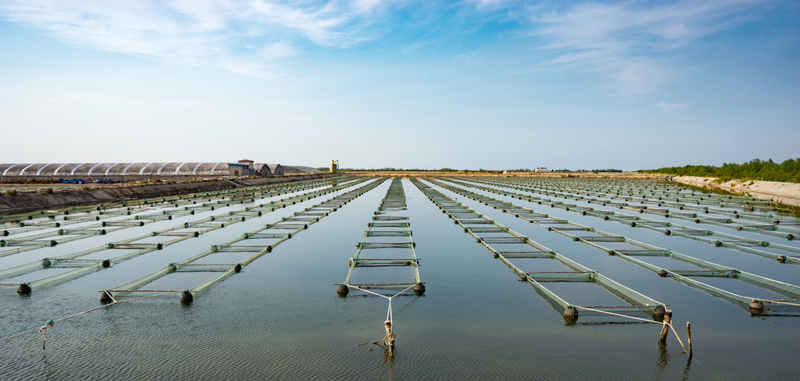

2. A Pioneer in Blue Economy
In addition to its green heritage, the tropical island also intends to become a
world-class pioneer in the field of the blue economy, i.e. the sustainable development and
management of ocean resources.
Hainan already benefits from its white beaches
and clear waters through tourism, but new projects are coming to life from coastal carbon
capture projects and the restoration and protection of maritime ecosystems to the
development of sustainable fisheries. Thus, the island is turning an emerging concept into
vibrant economic opportunities.
3. A Distinct and Diversified Culture
With a population of over 10 million, Hainan is also home to an ancient culture distinct
from the mainland.
The Li people have thrived on the island for thousands of
years. To the present day, they have maintained their traditions, notably a strong
practice of gender equality, atypical architectural constructions, or folk dress and
music, which attract millions of tourists from the Chinese mainland and beyond every year.

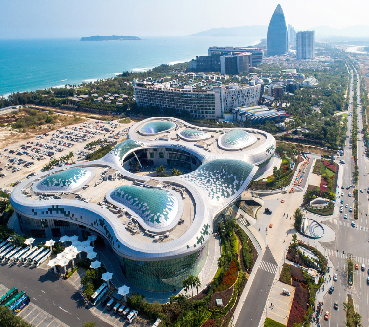

4. Port Cities: History & Beauty
More than 2000 years ago, Hainan’s city of Sanya was known as “the end of the Earth. Yet,
enjoying a warm climate all year round, Sanya is today famous for its palm trees and
beaches, its luxurious hotels, and for being the home of the largest duty-free shopping
mall in the world.
The twin cities of Cannes, Blackpool, and Cancún, Sanya are
the hotbed of Hainan’s growing tourism industry.
Hainan’s capital Haikou was one of the first ports opened to Western merchants in 1858. And
still today, the city benefits from its proximity to one of the busiest trade routes in the
world.
Its long history as a trading hub and cultural melting pot is showcased in its
broad range of architecture, mixing both Western and South-East Asian styles with Chinese and
local traditions.
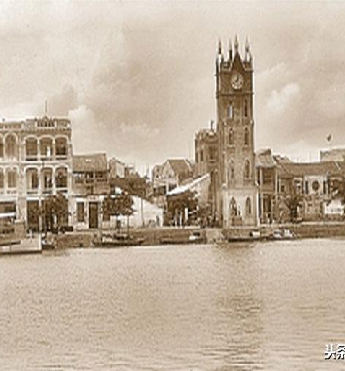
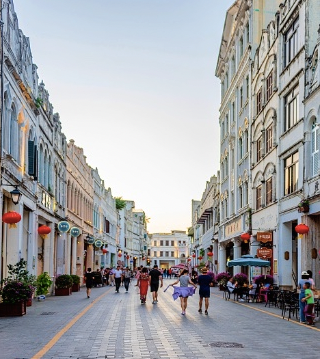
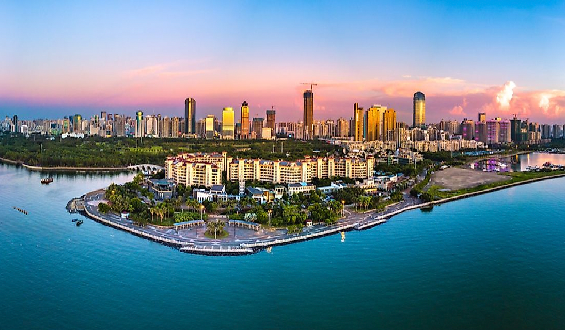
In 2022, the whole island became the largest free trade port in the world with the promise of becoming a central node in global maritime trade routes, as well as one of the drivers of Chinese growth and innovation. The free trade port policy identifies key sectors enjoying lighter and tailored regulations but also reduced taxation and other incentives welcoming foreign talent and capital.

Making the Business Case for Hainan, the World’s Largest Free Trade Port
In 2022, the island of Hainan became the largest free trade port in the world and constitutes a
key pilot project in China’s national « opening up » policy which aims at trade and investment
liberalisation.
The Hainan Free Trade Port is founded on 6 key pillars:

Free Trade
A competitive entry point into China’s mainland markets:
Investment Liberalisation
China’s most open and welcoming market on a number of dimensions:
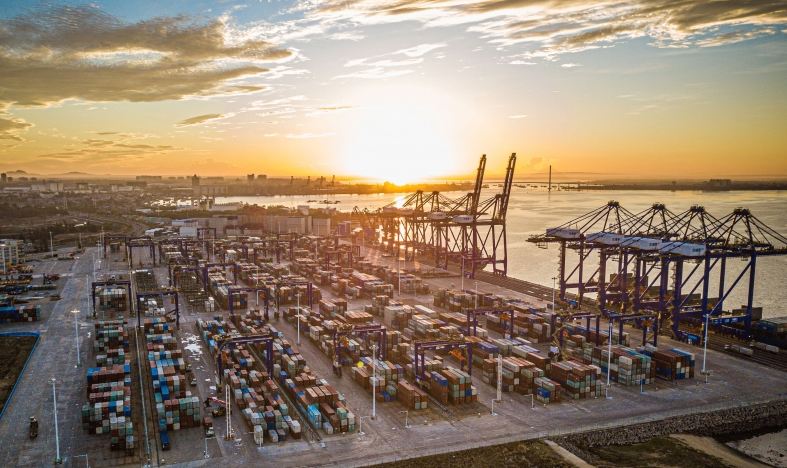

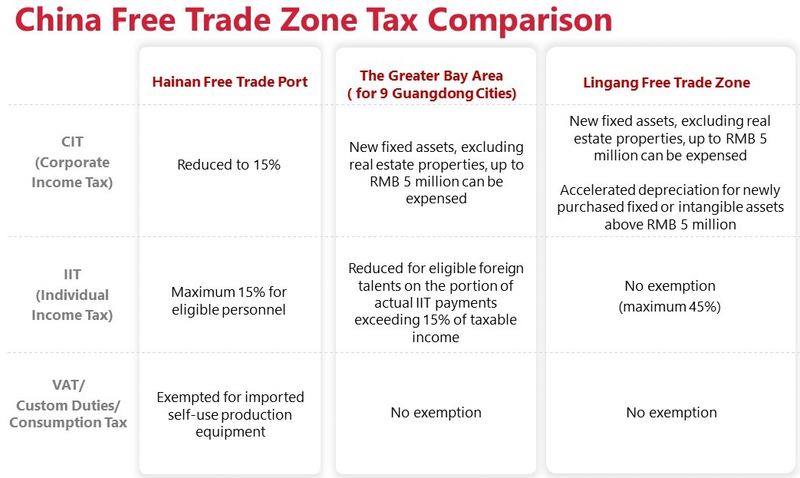
Free Cross-Border Capital Flows
An offshore financial center in-the-making that will gradually enable the free flow of
capital between Hainan and the rest of the world by:

Free Movement of People
A top destination for domestic visitors with unique attractions for international talents
and tourists through:
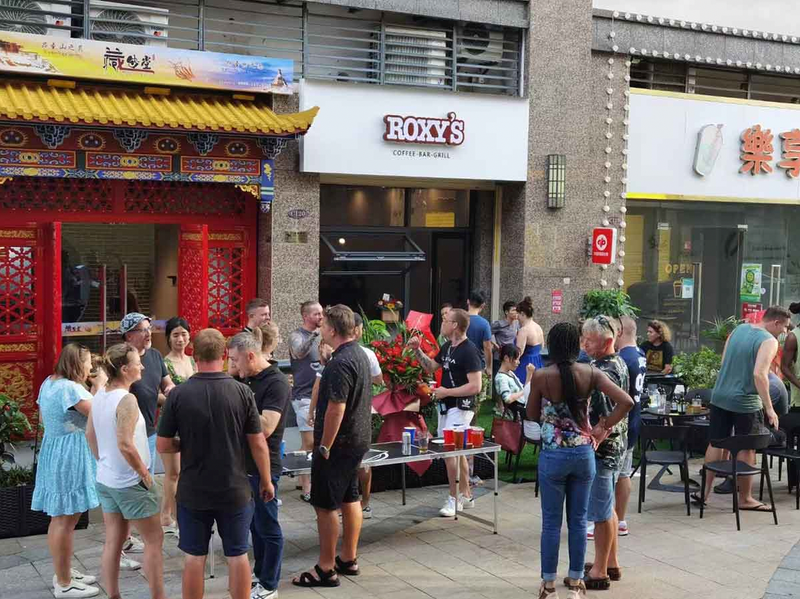
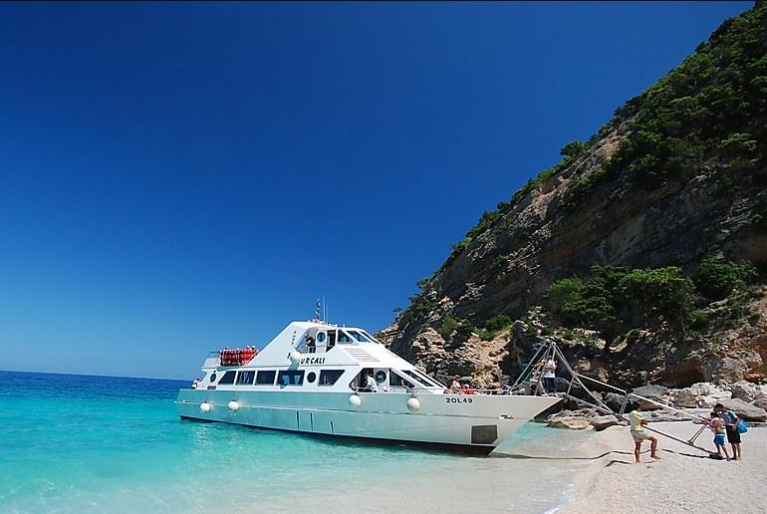

Building a Global Transportation Hub
A transportation hub of world-class proportions through:
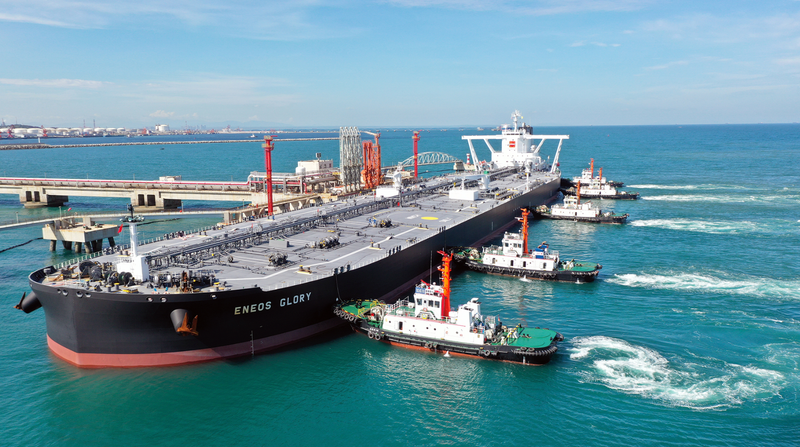

Open and Secure Data Flows
A digital environment fostering a secure and innovative high tech economy:
Priority Sectors
1. High Tech Industries




2. Modern Services

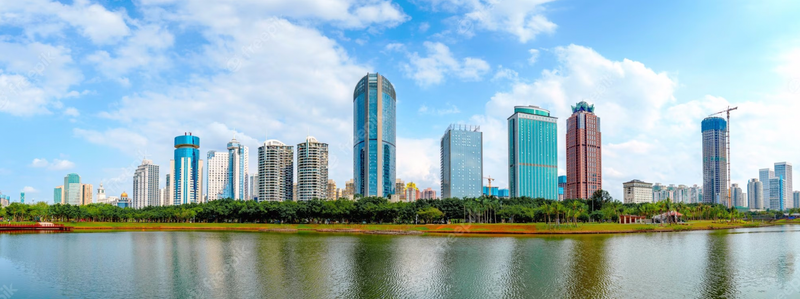

3. Tourism


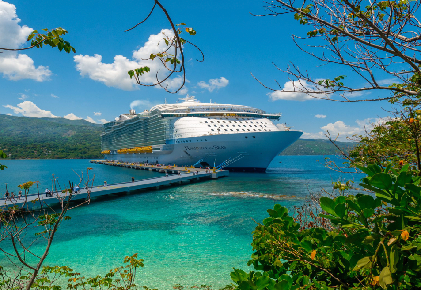
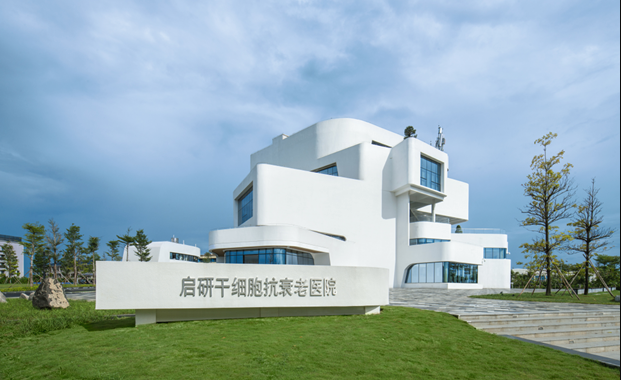

Hainan Free Trade Port's strategic location, favourable policies, and diverse investment opportunities make it a destination for foreign investors seeking to tap into China's vast potential
